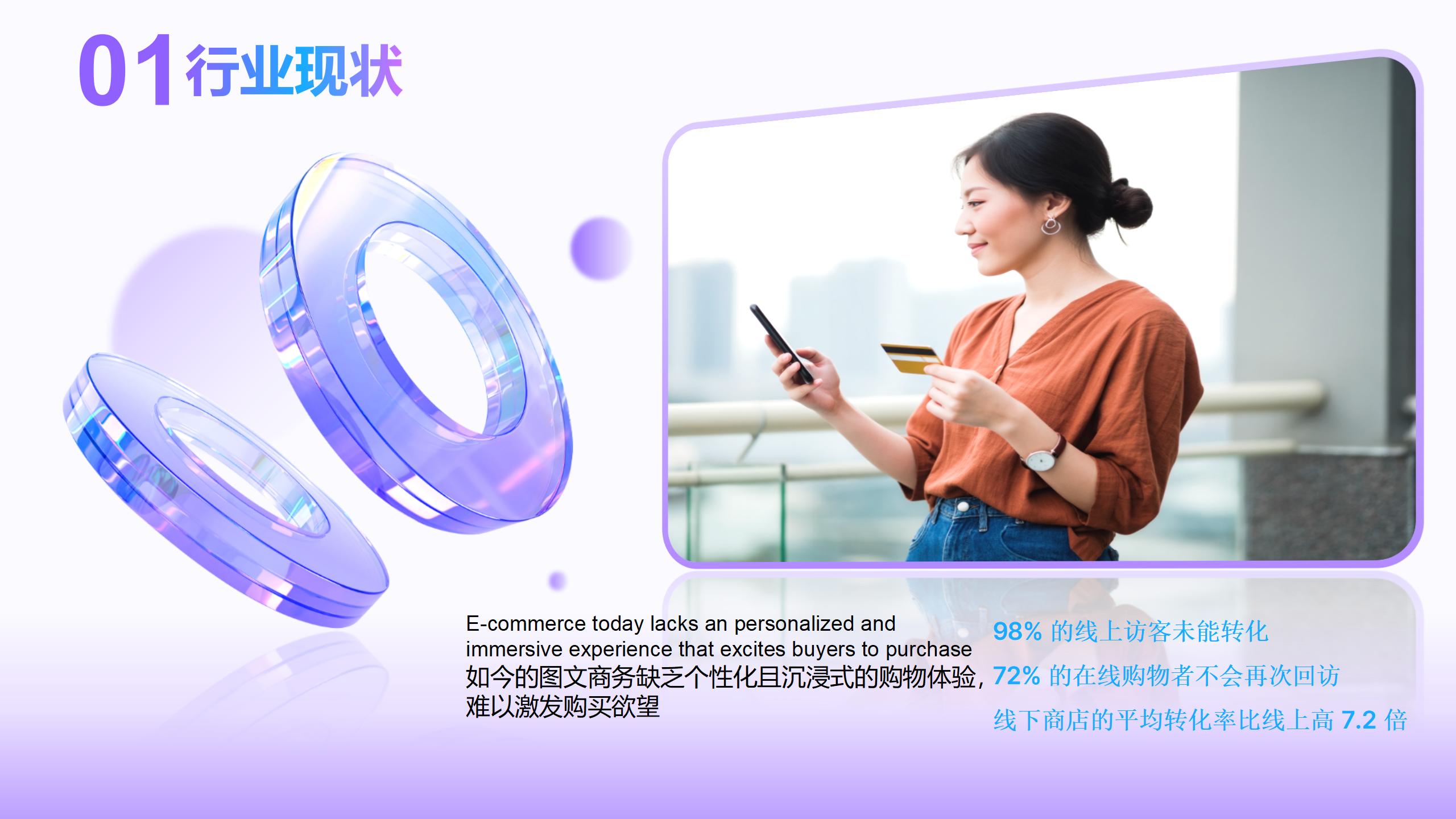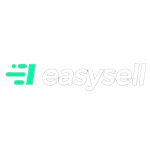
E-commerce today lacks an personalized and immersive experience that excites buyers to purchase
To effectively build our independent site, we need to remember several essential points. First, focusing on user experience is crucial; our site must be easy to navigate and visually appealing. We should also prioritize mobile optimization since many users access websites on their devices. Secondly, employing SEO strategies will significantly boost our site’s visibility. This entails using relevant keywords naturally and enhancing loading speeds to keep visitors engaged. Furthermore, we must ensure that our content resonates with our audience’s needs and preferences. By consistently refining our design and content strategy based on user feedback and analytics, we can create an independent site that stands out in the digital landscape.
Understanding the Importance of Independent Sites for Businesses
Having an independent site is crucial for our businesses in today’s digital landscape. It allows us to have complete control over our brand and content, rather than relying on third-party platforms. When we create our own sites, we can tailor the user experience to better suit our audience’s needs. This flexibility not only enhances our branding but also builds trust with customers who prefer to engage with companies directly. Additionally, independent sites often improve our search engine visibility, making it easier for potential clients to find us online. By establishing a unique digital presence, we can effectively showcase our products and services while fostering a stronger connection with our target market.
Essential Strategies for Designing an Effective Independent Website
When we think about designing our independent site, we must focus on simplicity and functionality. A clear layout helps visitors find what they need without frustration. We can use a grid system to organize content systematically, which makes it easier to navigate.
In addition, choosing the right colors and fonts can strengthen our brand identity. For instance, using a consistent color palette throughout our site will create a cohesive look that resonates with visitors.
Here’s a quick table to summarize some key design strategies:
|
Strategy |
Description |
|---|---|
|
Clear Navigation |
Ensure users can easily find their way around the site. |
|
Responsive Design |
Make sure the site looks good on devices of all sizes. |
|
Fast Loading Times |
Optimize images and scripts for quicker load times. |
|
Consistent Style |
Use the same colors and fonts across all pages. |
“A well-designed website reflects professionalism and builds trust.”
Keeping these strategies in mind will guide us toward creating an independent site that is not only appealing but also effective in engaging our audience.
SEO Techniques to Boost Your Independent Site’s Visibility
To enhance the visibility of our independent site, we should focus on a few key SEO techniques. First, we need to conduct keyword research to identify phrases our audience frequently searches for. Once we have our list, it’s essential to incorporate these keywords naturally into our content, especially in headings and the introduction. Another technique is optimizing our site’s loading speed; a fast site improves user experience and can positively impact search rankings. Furthermore, using descriptive title tags and meta descriptions for each page can help search engines understand what our content is about. Additionally, we should make sure that our site is mobile-friendly since a large portion of web traffic comes from mobile devices today. By implementing these strategies consistently, we can significantly increase our independent site’s visibility and attract more visitors over time.
Key Elements for Creating a User-Friendly Official Website
When we design our independent site, user-friendliness should be our top priority. First, we need to ensure our website is easy to navigate. Clear menus and organized content will allow visitors to find what they need without frustration. Using simple, straightforward language helps as well, making our message easily understood by all users. We should also pay attention to the loading speed of our site; a slow website can drive visitors away quickly.
Incorporating responsive design is crucial too. This means our site should look great and work well on any device, whether it’s a desktop or a smartphone. Including search functions can enhance user experience by allowing visitors to locate specific information easily. Additionally, using consistent colors and fonts throughout the site creates a professional look that builds trust and keeps users engaged. Lastly, we must remember to include contact options so users can reach out with questions or feedback, helping us connect better with our audience. By focusing on these key elements, we enhance the experience for every visitor to our official website.
How to Tailor Your Independent Site to Meet Audience Needs
When we think about our independent site, understanding our audience is crucial. We should start by identifying who our visitors are and what they are looking for. This includes researching their preferences, interests, and pain points. Once we know this, we can create content that speaks directly to them.
Next, it’s important that our site’s layout is intuitive. We want users to easily navigate through different sections without getting lost. Simple designs with clear menus can enhance user experience.
Additionally, interactive elements like surveys or feedback forms invite visitors to share their thoughts and suggestions. This not only helps us improve but also makes our audience feel valued.
Let’s not forget about mobile optimization. Many users access websites on their phones, so ensuring that our site looks great on all devices is essential. By combining these strategies, we can effectively tailor our independent site to better meet the needs of our audience and keep them engaged.
Building Brand Identity: The Role of Your Independent Site
An independent site serves as a critical hub for our brand identity. It’s where we define who we are, what we offer, and how we connect with our audience. Through careful design and consistent messaging, our site allows us to present a cohesive image that resonates with visitors. By using our unique voice and visuals, we can effectively communicate our values and mission.
Additionally, an independent site gives us the flexibility to showcase our products or services in a way that aligns with our brand. We can curate content that reflects our identity, ensuring every element—from color schemes to typography—reinforces how we want to be perceived. This consistency not only builds trust but also helps visitors remember us.
Moreover, our independent site plays a pivotal role in engaging customers. By providing valuable information and experiences tailored to their needs, we enhance their connection with our brand. As they explore and interact with us online, they’re more likely to form a lasting relationship that goes beyond just a transaction.
Maximizing Engagement through Effective Web Design Principles
To truly capture the attention of our visitors, we need to focus on intuitive web design principles. First, a clean layout is essential; it helps to organize our content and makes navigation easier. Users should be able to find what they’re looking for within just a few clicks. Next, we should consider the use of color and typography; these elements play a huge role in setting the mood and establishing our brand identity. Consistency is key here, as it builds trust with our audience.
Moreover, responsive design is not just a fancy option anymore; it’s a necessity. With more users accessing websites from mobile devices, ensuring our site looks great on all screens can significantly boost engagement. We should also incorporate clear call-to-action buttons throughout the site, guiding visitors towards their next steps—whether that’s signing up for a newsletter or exploring our services further.
Lastly, let’s not forget about loading speed. A slow site can quickly drive users away, so optimizing images and using efficient hosting solutions will enhance user experience considerably. By combining these design principles with thoughtful content strategies, we can create a website that not only attracts visitors but also keeps them engaged and coming back for more.
Navigating Common Challenges in Building an Independent Site
Building our independent site comes with its fair share of hurdles. We might encounter technical issues, from server downtime to compatibility problems with different devices and browsers. It’s essential to regularly monitor and maintain our site to ensure it stays optimized. Content creation can also be challenging; we need to keep our audience engaged while incorporating effective SEO strategies. Adhering to guidelines like those found in the ieasysell shopping guide can help us connect better with our target market. Moreover, we must remain adaptable, as user preferences shift over time. It’s important for us to stay updated on the latest trends and technologies, enabling us to navigate these challenges successfully and create a site that truly represents our brand and meets our audience’s needs.
Conclusion
As we conclude our exploration of creating an independent site, it’s clear that building such a platform is a vital step for our businesses. By focusing on user experience, effective design, and sound SEO practices, we can enhance our visibility and engagement. The journey of developing our site is an ongoing process that requires regular adjustments and updates. By staying in tune with audience needs and industry trends, we can ensure our independent website evolves alongside our business goals. Our independent site is not just an online presence; it’s a powerful tool for connection, branding, and growth in the ever-changing digital landscape.
FAQs
What is the first step in creating an independent site?
The first step is to clearly define our target audience and understand their needs, which will guide our content and design choices.
How can I improve my site’s loading speed?
We can optimize images, minimize scripts, and choose a reliable hosting provider to improve loading speed effectively.
What makes a website user-friendly?
A user-friendly website features clear navigation, responsive design, and simple language that allows visitors to find information easily.
How do I make my site stand out?
To make our site stand out, we should focus on unique branding elements like color schemes and visuals that reflect our identity.
What role does SEO play in building an independent site?
SEO is crucial as it enhances our site’s visibility on search engines, making it easier for potential customers to find us online.
ieasymsell is a virtual human shopping guide that can provide 24-hour online reception in various languages worldwide. ieasysell can have one-on-one voice conversations with customers to improve traffic conversion!


